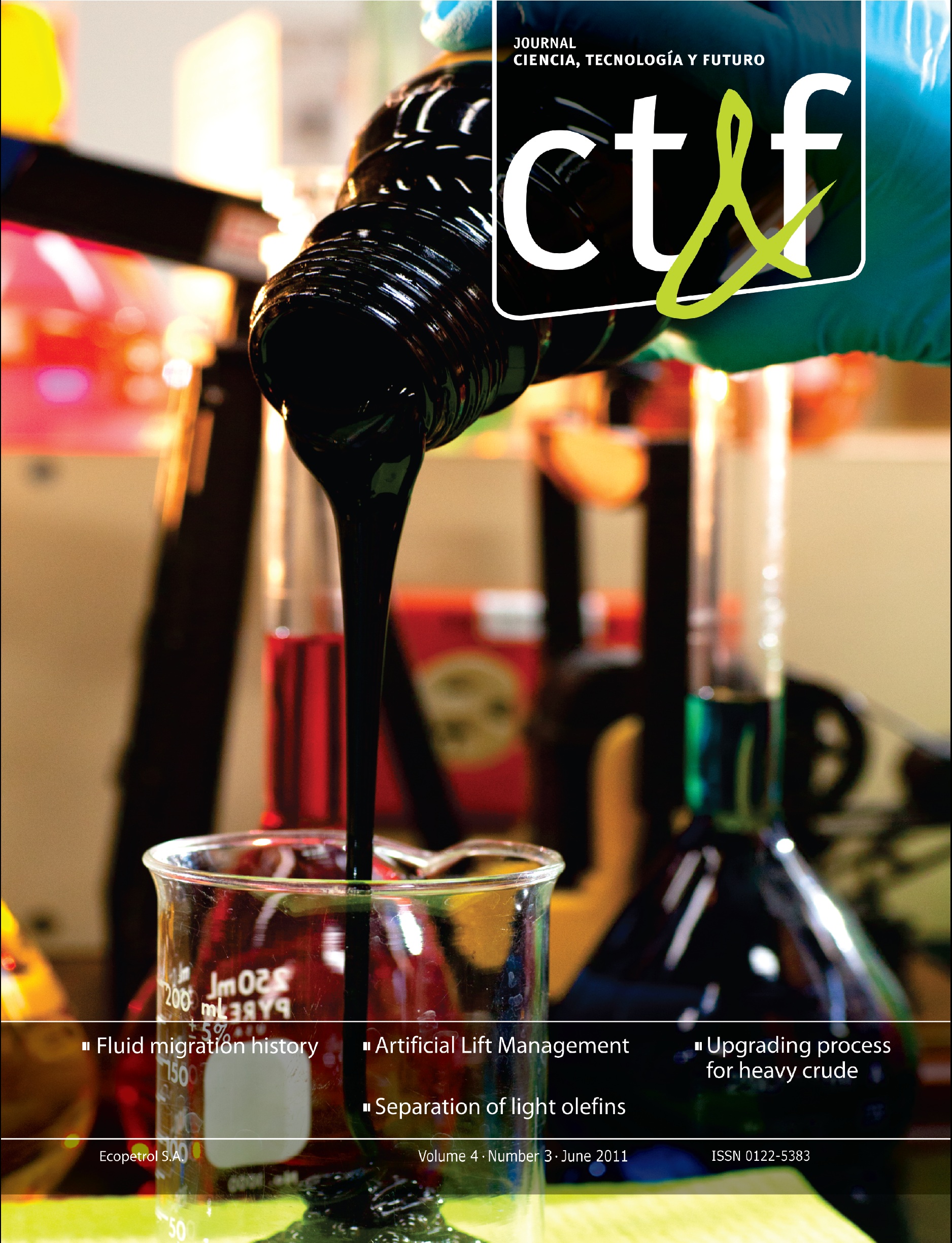Dense suspensions formulations for upgrading processes in heavy and extra heavy crude oil
Resumen
The present work involved the formulation of solid-liquid suspensions of by-products of heavy and extra heavy crude oil process upgrades, coke and asphaltenes from Delayed coking and Deasphalting processes. This was done by controlling rheological properties and following specifications for pipeline transmission, similar to those of liquid hydrocarbons. The formulated products guarantee the possibility of moving the by products in a fluidized way, minimizing storage, handling, environmental and operational costs in transportation, and providing an attractive alternative as non conventional fuel.
Regarding the formulation of suspensions, it was necessary to establish the effect of formation components such as: surfactants, stabilizers, as well as the type, amount of solids and particle size ratio on the flow properties of the resulting product. The parameters analyzed for rheological properties of pipeline transport were viscosity, particle size distribution, static and dynamic stability.
Laboratory tests were performed in high precision rheometers -TA Instruments RX1500 and Haake RS600- and Mastersizer 2000 particle size analyzer. At pilot scale, we used a closed loop to verify flow parameters, including normal and critical transport scenarios: Sudden shutdowns and extended ones of up to 72 hours, with subsequent pumping re-starts.
Tests performed at the lab and the pilot plant showed better rheological properties in the formulations with bimodal particle size distribution. This allowed higher loads of solid, up to 52%, and an improved mobility, reflected as lower viscosity. A non-Newtonian rheological behavior became evident, characterized by yield stress to ensure pumpability after prolonged inactivity. The pressure drops and calculation of apparent viscosity obtained in the pilot plant were compared and verified with lab results, showing reproducibility.
Referencias bibliográficas
Ateşok, G., Dinçer, H., Ozer, M. & Mütevellioğlu, A. (2005). The effects of dispersants (PSS-NSF) used in coal-water slurries on the grindability of coals of different structures. Fuel, 84: 801-808.
Boylu, F., Ateşok, G. & Dinçer, H. (2005). The effect of carboxymethyl cellulose (CMC) on the stability of coal-water slurries. Fuel, 84: 315-319.
Boylu, F., Dinçer, H. & Ateşok, G. (2004). Effect of coal particle size distribution, volume fraction and rank on the rheology of coal-water slurries. Fuel Processing Technology, 85: 241 - 250.
Chen, L., Duan, Y., Liu, M. & Zhao, C. (2010). Slip Flow of coal water slurry in pipeline. Fuel, 89: 1119-1126.
Govier, G. W. & Aziz, K. (1972). The Flow of complex mixtures in pipes. Van Nostrand Reinhold Company.
Grosso, J. L., Afanador, L. E., Guzmán, E. K., Parra, M., Barrero, R., Vidales, H., Rodríguez, L., Leal, G., Medina, O. J., Vergel, C. A. & Arciniegas, R. (2003). Proceso de
desasfaltado de hidrocarburos pesados con alto contenido de asfaltenos a condiciones bajas de presión y temperatura (DAO). Informe Técnico. Piedecuesta, Ecopetrol S.A. ICP.
Grosso, J. L., Suárez, M. & Leal, G. (1996). Preparación transporte y combustión de hidrocarburos pesados y carbón pulverizado. Boletín CIT, 7 (6).
Hicyilmaz, C., Ozün, S. & Altun, E. (2006). Rheological Properties of Asphaltite-Water Slurries. Energy & Fuels, 20: 2037-2045.
Kefa, C., Guoquang, H. & Mingjiang, N. (1985). Pipeline Conveyance and Fluidized Bed Combustion of Coal Water Mixture with High Viscosity: II. European Conference on Coal Liquid Mixtures, International Chemical Engineering Symposium Series, 95: 87 - 99.
Liu, J., Zhao, W., Zhou, J., Cheng, J. & Zhang, G. (2009). An investigation on the rheological and sulfur-retention characteristics of desulfurizing coal water slurry with
calcium-based additives. Full Processing Technology. 90 (2009), 91-98.
Murray, R. G., Elliott, J. W. & McCaffrey, W. C. (2005). Asphaltene fluid properties at process conditions J. Petrol. Inst. 48 (4), 181-188.
Picón, H. J. & Mahecha, C. A. (2001). Manual de Operación Planta Piloto de Coquización, Visco reducción y Pirolisis. División de Procesos no Catalíticos. Manual
de Operación, Instituto Colombiano del Petróleo - (ICP) Ecopetrol S.A.
Wang, J., Anthony, E. & Abanades, J. (2004). Clean and efficient use of petroleum coke for combustion and power generation. Fuel, 83: 1341-1248.
Descargas
| Estadísticas de artículo | |
|---|---|
| Vistas de resúmenes | |
| Vistas de PDF | |
| Descargas de PDF | |
| Vistas de HTML | |
| Otras vistas | |












